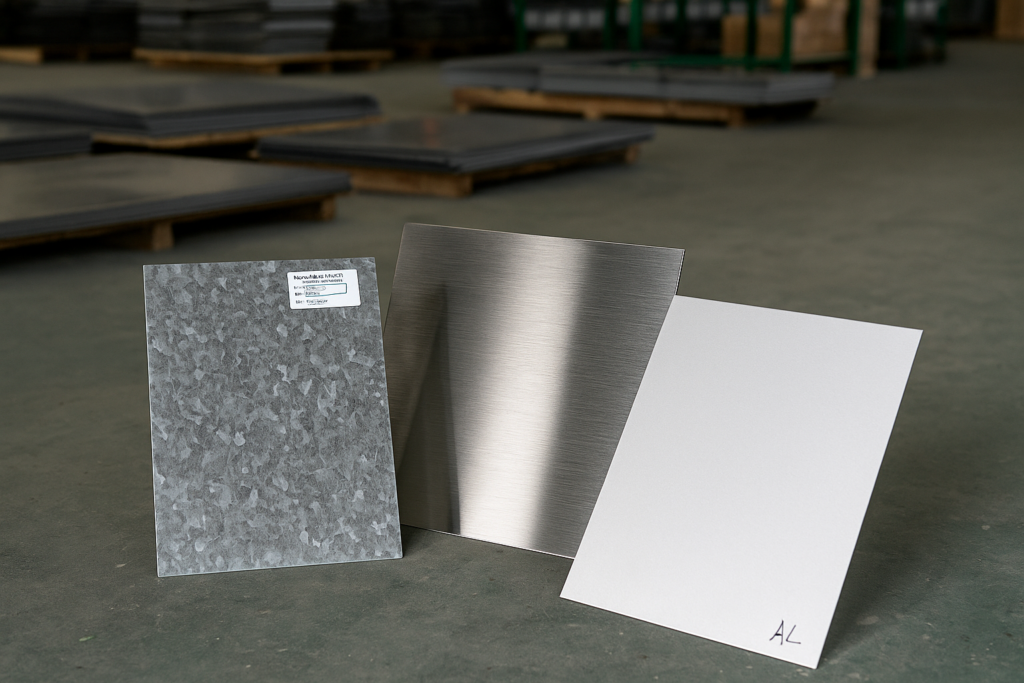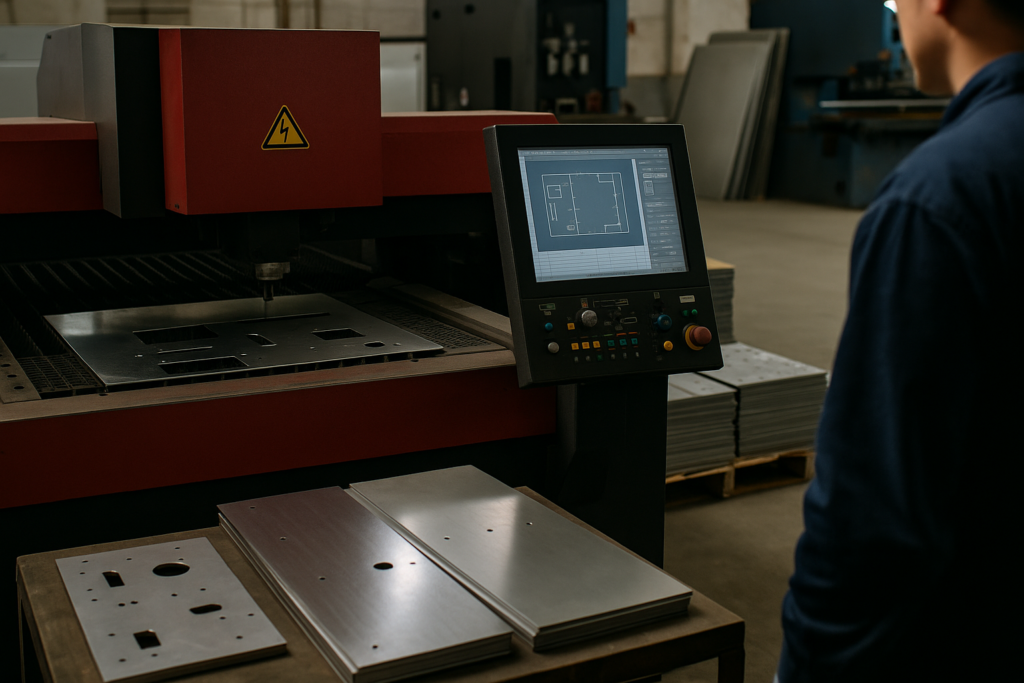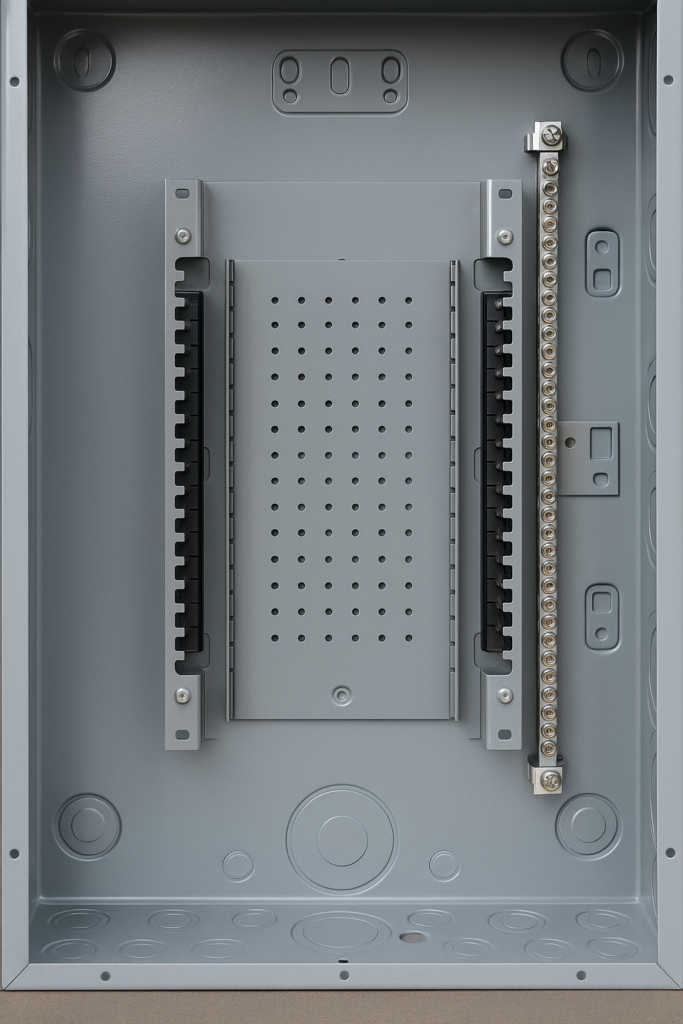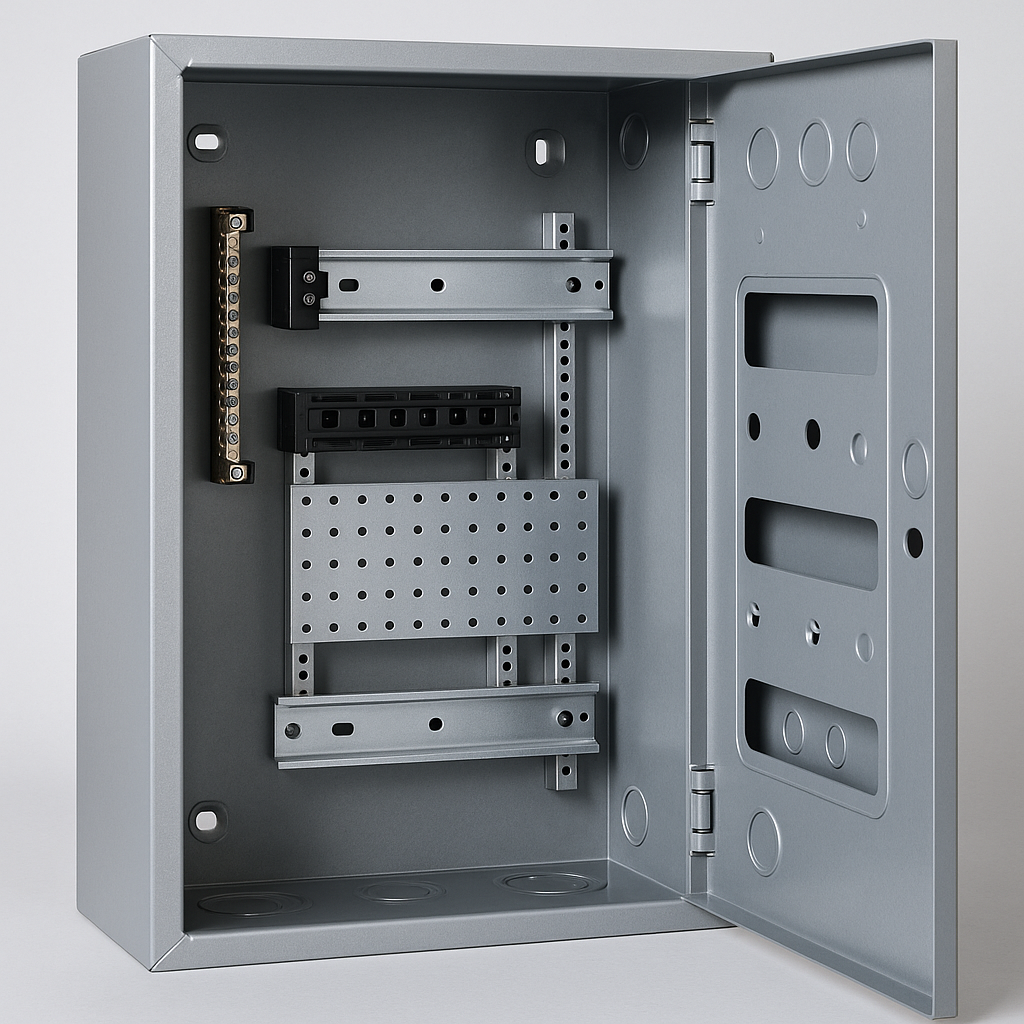Misunderstood by Function, Defined by Structure
To many, a circuit breaker panel seems like just a container for switches—a basic fuse box or breaker box. But this assumption overlooks what procurement professionals and system integrators understand: the panel is a structural control node, not just a housing.
A circuit breaker panel isn’t merely functional—it defines system safety, lifecycle risk, and compliance readiness. For OEMs and bulk buyers sourcing at scale, enclosure decisions cascade into project performance.
This article reframes the breaker panel as a fabrication-dependent asset. We’ll explore how material, layout, manufacturing precision, and adaptability define its true procurement value. We focus on how material, geometry, manufacturing precision, and adaptability define the true value of this enclosure.
The Architectural Nature of a Circuit Breaker Panel
A modern breaker panel is more than a metal box. It is a compact, engineered structure that must balance function, protection, and design-for-manufacturing logic. For global wholesalers and project specifiers, layout isn’t cosmetic—it defines usability, scalability, and error reduction.
Structured geometry—such as isolated compartments, busbar clearance, and mounting precision—minimizes technician error and simplifies cable management. These features are crucial for high-volume installations, particularly where labor time, inspection efficiency, and fault recovery matter.
In environments such as EV charging stations or edge computing systems, future expansions are common. Panels must accommodate upgrades without needing full replacement. A well-architected design gives procurement professionals confidence in both current deployment and long-term ROI.
Material Isn’t Just Metal — It’s Performance, Cost, and Risk
Selecting the right material means managing both technical risks and commercial constraints. For sourcing teams, this goes beyond selecting stainless or galvanized steel—it’s about matching material performance to usage context and compliance expectations.
| Material | Characteristics | Ideal Uses |
|---|---|---|
| 304/316 Stainless Steel | High corrosion resistance, long life, strong mechanical stability | Coastal, marine, or medical installations |
| Cold-Rolled Steel | Economical, rigid, clean finish | Indoor panels, budget-driven commercial setups |
| Galvanized Steel | Zinc-protected, cost-effective | HVAC systems, warehousing, light industrial |
| Aluminum | Lightweight, thermally efficient | Energy storage, mobile enclosures, telecom |
Real-world case: A Southeast Asia-based OEM ordered 800 cold-rolled steel panels for a tropical telecom deployment. Within one year, corrosion began at punch holes. Retrofitting added 12% to total system cost. The takeaway? Material is not just about spec—it’s a supply chain risk variable.
Certification isn’t just paperwork—it starts at the material level. If your panel is bound for CE or RoHS markets, non-compliant alloys will trigger failures before testing even begins. Every shortcut here leads to inspection delays, costly redesigns, or blocked entry.

The Geometry of Safety — Inside the Design of a High-Performance Enclosure
Layout isn’t just about fitting components—it’s a risk mitigation strategy. Key standards like NEC 312.6 and UL 508A define spacing, clearance, and airflow logic. Buyers focused on compliance and product reliability must pay close attention.
Consider an enclosure that fails to separate data lines from power buses. The result? Elevated EMI levels and failed EMC certification. In another instance, misaligned venting slots led to heat accumulation near the main breaker—shortening component life and triggering recalls.
Advanced enclosure layout includes thermal zoning, reinforced brackets for vibration resistance, and busbar alignment zones that improve technician access. Design flaws here won’t be noticed until field failures occur.
For international buyers, especially those integrating energy storage or solar systems, panel geometry must consider hybrid DC/AC routing. That means more than “fit”—it means thermal management, grounding continuity, and dynamic load isolation.
From Sheet to System: How Fabrication Shapes Reliability
Many procurement errors stem from assuming that all metal enclosures are alike. But even a 0.5mm tolerance gap can cascade into mounting issues or electrical instability across dozens of units.
Precision fabrication defines reliability. Core steps include:
CNC laser cutting for dimensional accuracy
Brake forming for consistent panel angle
TIG/robotic welding to ensure grounding continuity
Powder coating or anodizing for corrosion and UV protection
Consider a bulk order of 1,200 enclosures. If a single fabrication inconsistency affects even 5% of units, the field-level cost could outweigh the initial savings by 3x. Bulk buyers should prioritize facilities with ISO 9001 or UL 50-certified workflows and consistent SPC (Statistical Process Control).
YISHANG, for example, employs multi-point QC and maintains historical defect tracking across all batch runs, giving OEM clients predictive control over quality outcomes.

Function Is Changing — Are Your Boxes Ready for the Future?
Traditional breaker panels were passive. Today, they are integration interfaces. Solar-ready, IoT-connected, edge-optimized—modern enclosures must host more than breakers.
Future-ready designs integrate:
DIN rail redundancy
Dual AC/DC cable zoning
Sensor mounting points
NFC or biometric lock modules
Specifiers increasingly ask: “Can this breaker panel integrate with our inverter stack or BMS housing?” If the answer isn’t built into the metal form, the project timeline suffers.
Fuse box vs circuit breaker panel debates often miss the deeper truth: the enclosure is no longer just a protective shell. For example, a heavy-duty breaker enclosure designed for high-heat industrial settings differs vastly from a residential breaker box—it must support reinforced mounts, heat dispersion zones, and high-load terminals. It is a flexible, adaptive structural interface that must scale with energy systems.
Global buyers seeking breaker panels for ESS, data centers, or modular plants must evaluate not only current specs, but forward adaptability. A box that is too rigid today may be obsolete tomorrow.
The Manufacturer's Role: Not Just Making, But Advising
When sourcing from Asia or other offshore manufacturing hubs, a fabrication partner must be more than a vendor. Buyers expect technical feedback, not just parts.
As a breaker panel OEM manufacturer, YISHANG acts as a co-engineering partner for OEMs. Through DFM reviews, we identify issues like fastener interference, nonstandard knockout alignment, or over-complicated hinge geometry before production starts.
We’ve supported battery enclosure projects requiring IP65 validation in under 10 days, and delivered fast prototype revisions for solar panel combiner boxes undergoing UL certification.
This approach reflects a shift in buyer mindset—from unit cost to lifecycle assurance. A reliable enclosure supplier reduces your engineering burden, not just your production cost.
Conclusion: The Box That Holds More Than Power
A circuit breaker panel is not just a fuse box or breaker box. It’s a structural anchor in your system, built for scale, safety, and adaptation. As global energy systems grow smarter, your enclosures must evolve accordingly.
For procurement teams, the questions are simple: Will this panel align with long-term system expansion? Can the manufacturer provide the technical dialogue, not just the fabrication? Does the product help reduce rework, installation delays, or inspection failures?
YISHANG delivers on all fronts—precision, compliance, and scalability. Send us your specifications, and let’s build a solution tailored to your project.
FAQ: Circuit Breaker Panel Procurement & Technical Guidance
While both serve to protect electrical circuits, a fuse box uses sacrificial fuses, whereas a breaker panel uses resettable circuit breakers. For large-scale industrial setups, breaker panels offer easier maintenance, modular upgrades, and longer service life.
Custom breaker boxes are ideal when your project involves non-standard dimensions, high ingress protection (IP65+), hybrid AC/DC routing, or specific mounting requirements. OEM buyers often opt for custom builds to meet compliance or future-proofing needs.
For dry indoor environments, galvanized steel offers a cost-effective solution. However, in coastal or corrosive environments, 304/316 stainless steel is the better choice for longevity and regulatory compliance.
Beyond sheet metal fabrication, YISHANG offers engineering collaboration, rapid prototyping, RoHS/UL-ready manufacturing, and lifecycle risk mitigation. Our support model is tailored to international sourcing teams.
Heavy-duty breaker enclosures use thicker gauges, enhanced thermal management, multi-layered grounding, and often meet certifications like UL 50, IP65, or IEC 61439. These are necessary for high-current, high-risk environments like data centers, energy storage, or offshore platforms.



